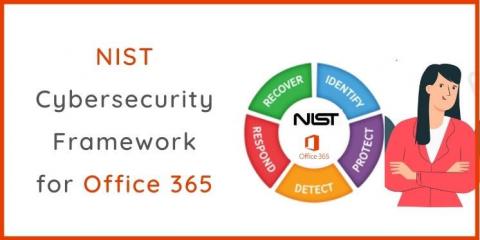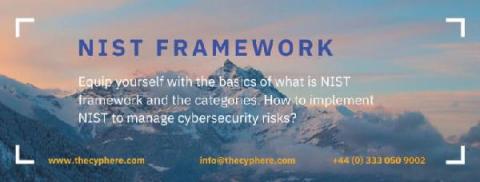NIST SP 800-172 (Formerly SP 800-171B) Release Couldn't Come at a Better Time
NIST’s timely new release of Special Publication (SP) 800-172 (formerly referred to in draft form as 800-171B) provides exactly what its title says, Enhanced Security Requirements for Protecting Controlled Unclassified Information: A Supplement to NIST SP 800-171. Yet it goes a step further to protect controlled unclassified information (CUI) specifically from APTs.







